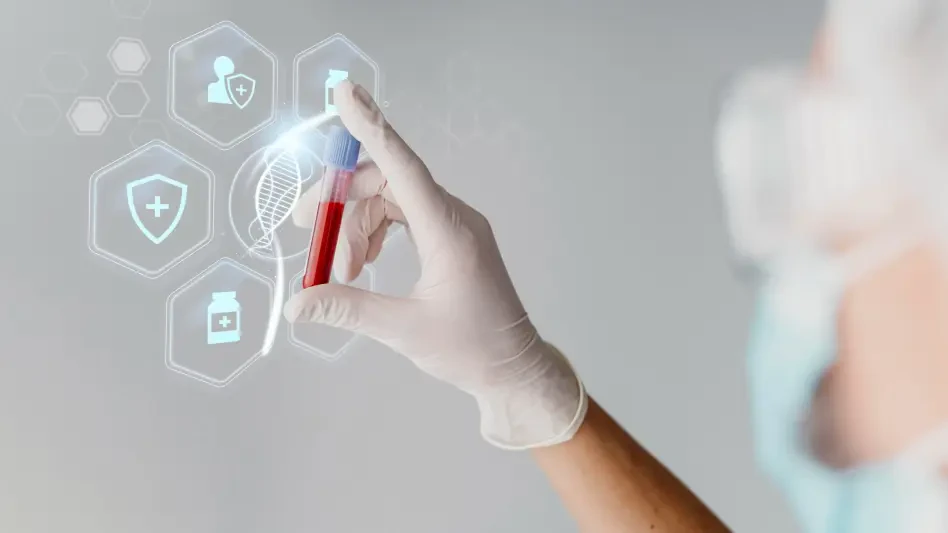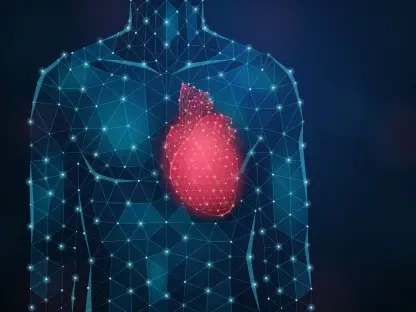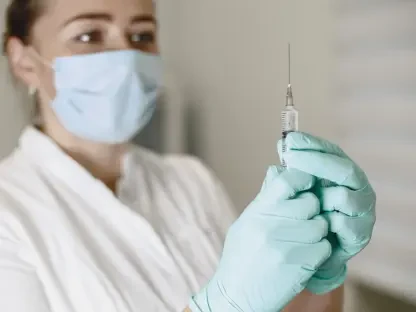Blood shortage has been one of the biggest challenges faced by medical centers all over the world. The ongoing struggle to collect sufficient donated blood has compelled many health professionals to explore alternative solutions to the global blood crisis. Now, a groundbreaking development emerging from Japan is poised to revolutionize the industry, presenting itself as the long-awaited answer.
A team of Japanese scientists has invented a new type of artificial blood that can be used in patients of different blood types. This invention holds the potential to revolutionize medical care and aid patients in need of blood around the world.
Read on to explore how artificial blood could reshape the future of emergency care and benefit medical organizations with its many applications.
Japan’s Artificial Blood Product for Universal Use
A team of Japanese scientists led by Professor Hiromi Sakai at Nara Medical University has announced a remarkable new product that could be the answer to the global blood shortage. They have created artificial blood that is fit to use for patients of all blood types.
This blood means that medical facilities worldwide, including ambulances and field clinics, will have access to artificial blood on hand for any emergency that occurs. This increases the chances of saving lives in unforeseen situations such as car crashes, natural disasters, and even war zones.
Key factors of this product include being:
Read-to-use.
Compatible with all blood types.
Stored at room temperature.
The focal point of this artificial substance is its potential for universal transfusion and its extended shelf life relative to organic stored blood. This invention can last for up to five years in total if stored under refrigeration and two years at room temperature for facilities that struggle with constant power outages for refrigeration or lack the resources for refrigerated storage.
The Science Behind the Innovative Product
The artificial blood consists of extracted hemoglobin from expired donated blood. Hemoglobin is an iron-rich protein in red blood cells that facilitates the transportation of oxygen in the bloodstream. To protect the hemoglobin samples from contamination, they were encased in a protective shell where they further developed into stable, virus-free artificial blood.
The team studied three groups of four healthy male volunteers who were between the ages of 20 and 50. They were all given injections of up to 100 milliliters of extracted hemoglobin. From the group of volunteers, only a small number of participants experienced mild side effects that did not lead to serious, harmful effects, as the patients still showed steady vitals, including blood pressure. The success of this trial empowered the team to accelerate the process and continue with this study.
As of March 2025, the study has entered its second phase, where scientists increased the dosage to between 100 milliliters and 400 milliliters and continue to monitor volunteers’ vitals for any changes. If no serious side effects appear, the study will move to examining efficiency and safety for practical use.If the artificial blood passes every stage of the study, the scientists are eager to make their product globally available by 2030.
The universal artificial blood is still in ongoing clinical trials, but if successful, this product could be distributed and become the new standard in healthcare.
The Global Blood Crisis
Blood is a valuable material needed for blood transfusions in almost every surgery, including childbirth and emergency trauma; it’s even used in treatments for conditions such as anemia. It’s a focal point in healthcare, essential for saving countless lives, yet many medical facilities struggle to maintain a consistent supply, limiting its availability when needed most.
Over the years, blood has been a rare substance gathered primarily from donations. According to the World Health Organization, about 118.54 million blood donations are collected globally, with 40% of donations received from first-world countries. A shortage of blood has led to millions of preventable deaths each year, especially in developing countries that don’t have reliable access to safe blood.
When collecting blood donations, type O blood, the universal donor blood type, has always been prepared, especially with recent blood shortages, but its supply is often insufficient. Other blood types are also needed when donations are conducted; however, type O blood can be used in emergencies where doctors don’t have time to conduct compatibility tests.
While maintaining blood supply is no easy task, storing it for long-term use also comes with its challenges and guidelines, such as:
Storing blood at 35.6°F to 42.5°F in blood refrigerators.
Using the 30-minute rule, which explains that blood left out of refrigeration for more than 30 minutes should not be returned to storage.
Transfusing blood within four hours of removal from controlled storage.
Even if transfusion centers meet the requirements for maintaining the substance, all donated blood has a maximum shelf life of about 42 days under refrigeration. If it is not used within this short time frame due to incompatibility, it results in it being discarded.
Japan’s invention of clean, viable artificial blood is seen by the global health industry as a solution to the long-standing problem of blood shortage experienced globally in healthcare.
This research has brought attention to other similar studies currently conducted in the US, such as DARPA’s $46 million initiative for ongoing artificial blood research or the development of ErythroMer, another version of artificial blood made from recycled hemoglobin. Unlike the Japanese scientists, the US team has already started with preclinical testing.
With these alternative solutions being tested, there will potentially be more than one solution to the global blood crisis by 2030.
Conclusion
The lack of availability of blood has led a team of Japanese scientists to develop a remarkable innovation that promises to be the solution to the global blood crisis. The team has been able to extract hemoglobin from expired donated blood and create viable artificial blood that can work for patients of all blood groups. This removes the need for compatibility tests and refrigerated blood storage that could be costly for third-world countries.
From alleviating chronic blood shortage and simplifying emergency transfusions to providing critical care in remote regions and during mass casualty events, the Japanese artificial blood development ensures that no patient is ever turned away or experiences sudden death due to a lack of compatible blood availability. This breakthrough, if successful, could redefine emergency response protocols worldwide.









